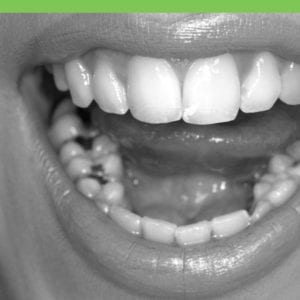In dentistry, bio compatible materials are synthetic or natural materials used to replace missing or damaged parts of your teeth, gums or soft tissue in your mouth. They play an important role in dentistry where tooth material must be replaced.
Biomaterials interact with the patient’s body and must be accepted by the patient’s body. There is always a chance, albeit small, that a material is rejected by the patient’s body. Biomaterials have the least risk of rejection possible. Materials are improving as science understands better how our bodies work.

